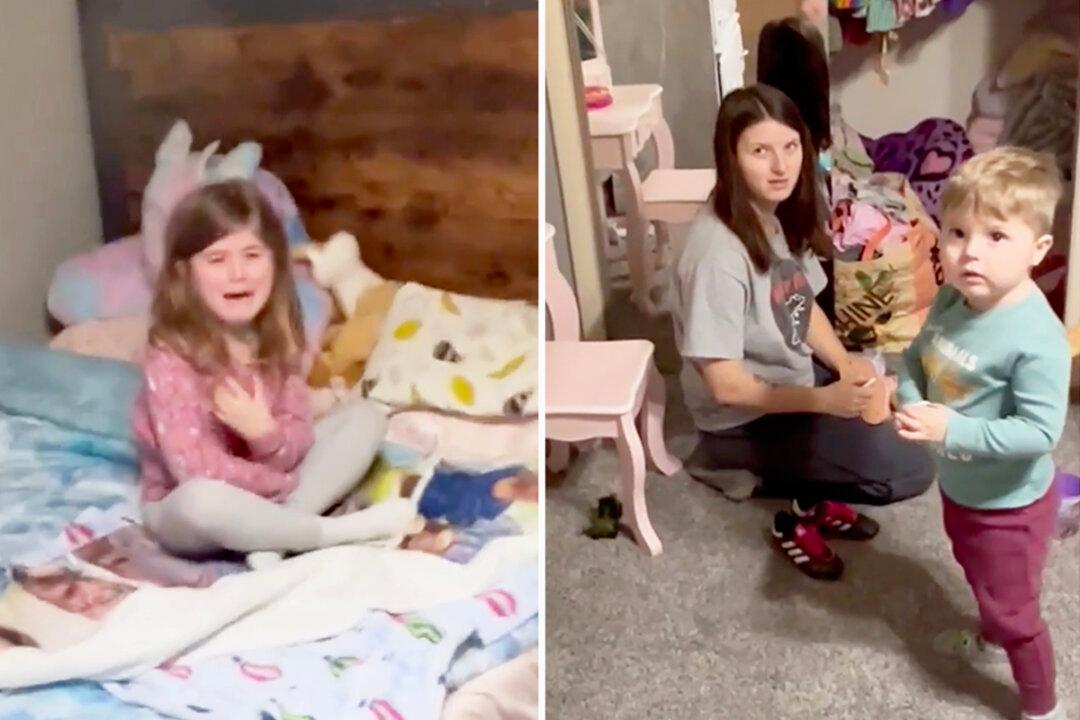Stunned by a revelation from a friend, a mom of three went looking for guidance and found a gap in the market of resources to help parents and their kids navigate the dangers of pornography. So she decided to take matters into her own hands.
Kristen Jenson, from Eastern Washington, was distraught when she learned that a friend’s son had sexually abused his younger siblings after exposure to pornography. She searched high and low for any resources that could help this family but found nothing. Beginning in 2011, she spent three years writing the book she wished the world already had.





